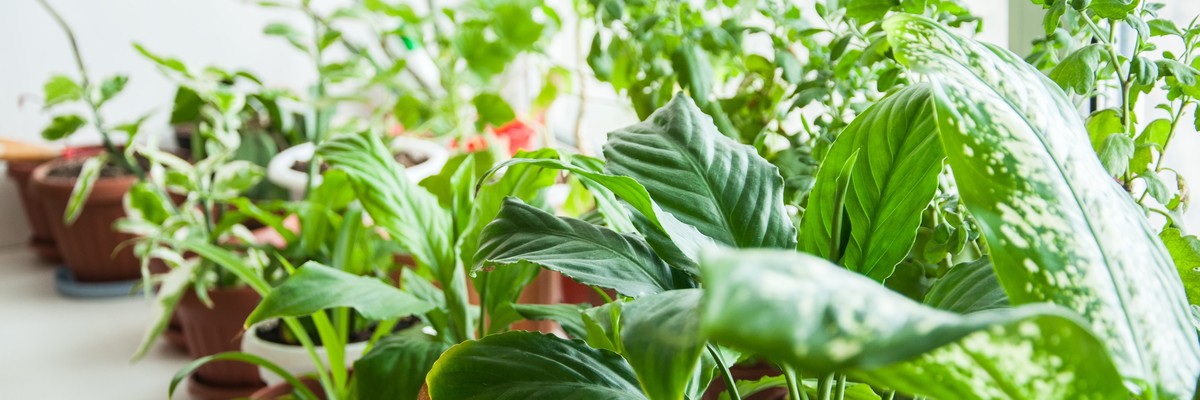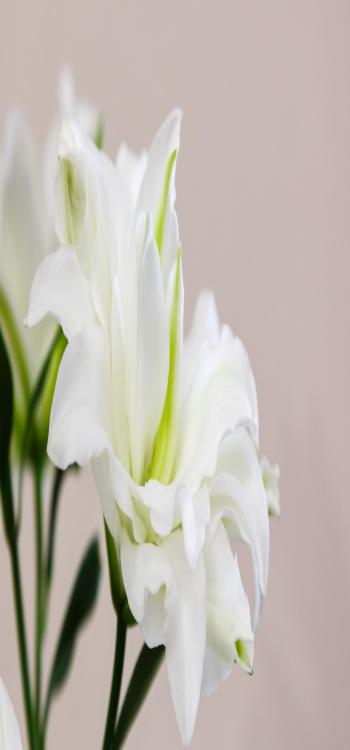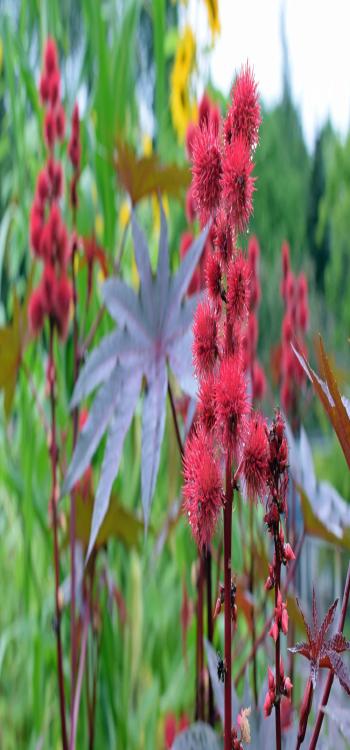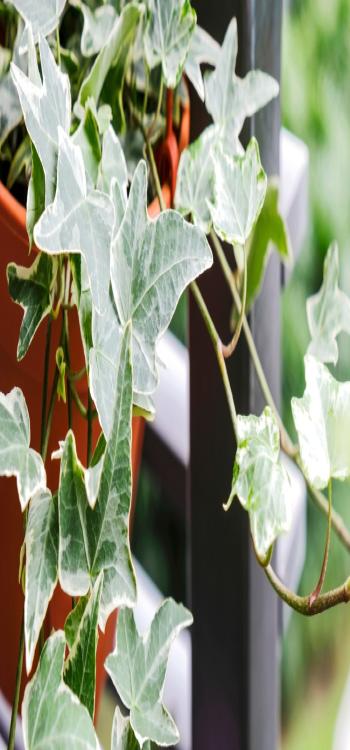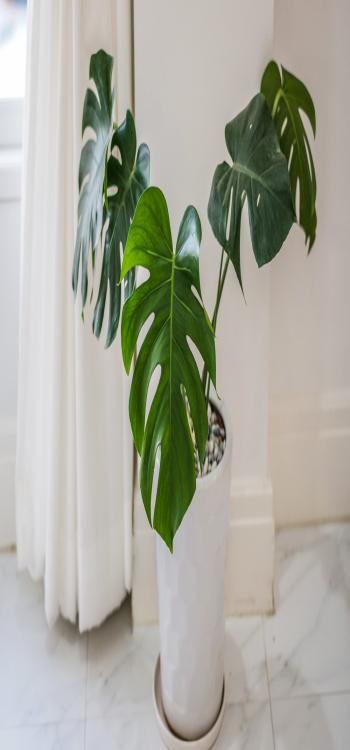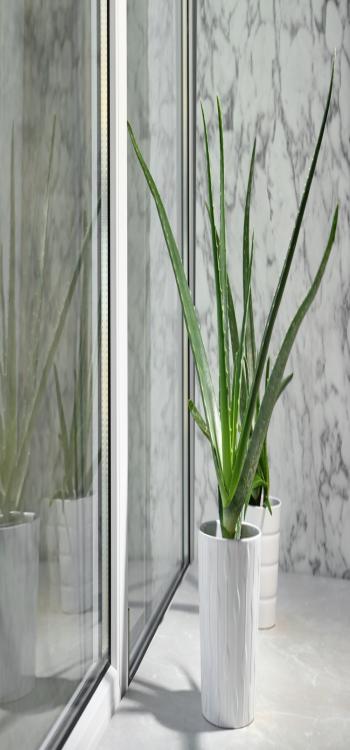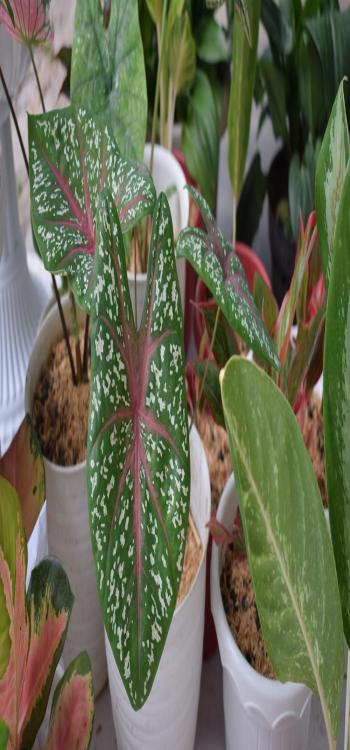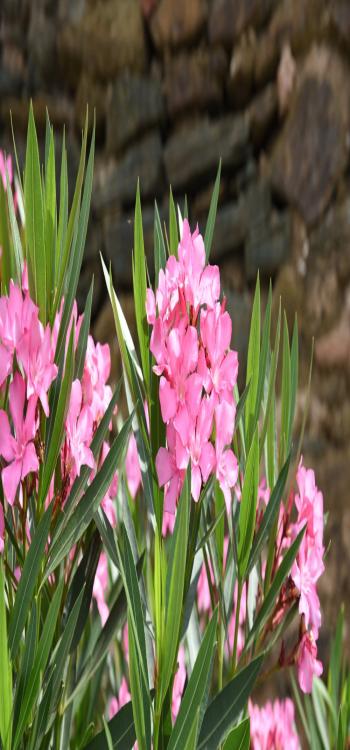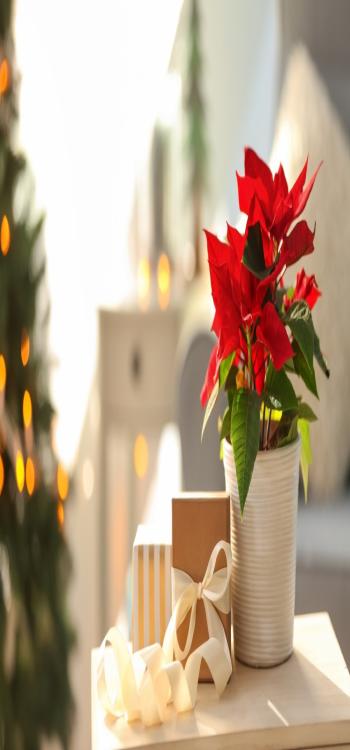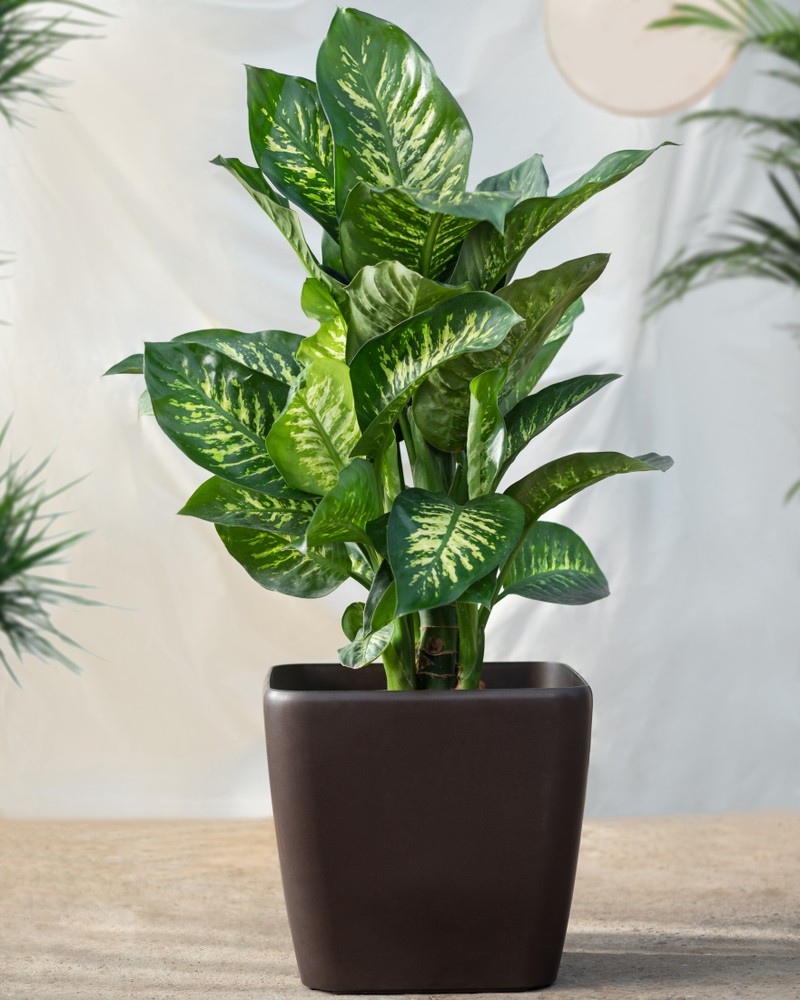When you choose plants for your garden or home, what do you keep in mind? Do you pick them based on their looks or function? Size or colour? Do you research what plants you want to have at home or do you pick up plants based on your mood? No matter how you choose to pick your plants, you should be careful of harmful plants, there are some plants that you should not have at home. If you’re wondering which are the bad plants for your home, they are –
Things we covered for you
Here is our list of the plants you should avoid placing in your home.
1. Are lilies Dangerous?
The lily is a beautiful flowing plant. It adds so much colour and cheer to your garden and home. But there are few species of lilies that are safe for home, the others are real dangerous plants, especially for your pet cats. From the leaves to the flower, every part of the lily plant is poisonous for cats. The varieties you should be cautious about are –
2. Can You be Allergic to Amaranth?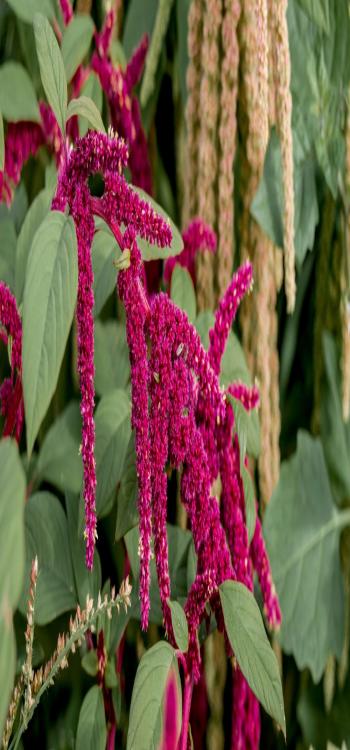 Amaranthus
Amaranthus
This is one that you’ll be sad you can’t have at home, it’s a stunning plant and would ideally make a great centrepiece. The Amaranthus, unfortunately, tops the list of which plants are not good for the home. The plant is a top pollen producer, if you suffer from allergies, then can make you really sick. In the dry seasons like summer, your allergy symptoms will get much worse, it is a good idea to skip this plant.
3. Is Ricinus Communis Poisonous?
You probably know this one better by its other name, – castor bean. This is the plant that produces castor beans, from where we get castor oil. The plant is considered extremely toxic to animals, from small animals like your pet dog and cat, to larger animals like goats and cows. It grows rapidly and takes over your garden if you don’t notice it, so it is best not to have this plant in your home garden.
4. Can English Ivy Make You Ill?
English Ivy is a very common vine. It looks beautiful when you grow it on a trellis and adds so much charm to your home. Grow it in hanging pots and it looks so lovely spilling out from the top, it’s also great at purifying the air around it, so why does it appear in the list of plants you shouldn’t keep at home? Well, because sadly it is a poisonous plant to humans and animals. Ivy causes skin irritation, and if you eat it, it can be very toxic.
5. Are Split Leaf Philodendrons Poisonous?
These are very common vastu plants for homes; they are lush and green and need very little effort to grow. What most people don’t know is that the Philodendrons are poisonous indoor plants that contain calcium oxalate crystals, which is toxic for both humans and pets. If you ingest it, you will develop an itchy rash, swelling of the mouth and digestive tract for kids and adults. If you have pets, you need to keep this out of their reach, for cats and dogs the Philodendrons is considered very toxic, it can cause spasms, seizures, and pain.
6. Is Aloe Vera Safe for Pets?
The aloe vera plant is extremely beneficial to humans. We use the gel for our skin and can even drink the juice to help with digestion, it is well known for its healing properties. As good as it is for humans, it’s equally bad for your pets. The latex (aloe juice, under the skin of the plant) is toxic. If your pet happens to eat it, you’ll notice it causes abdominal upsets and cramping. If you must have it, keep it away from your pets, but it is best to avoid having this plant in your home.
7. Are Caladiums Toxic?
Why are the prettiest plants the ones you can’t have at home? The Caladium, aka elephant’s ears or angel’s wings, are a very popular landscaping plant and is very frequently seen at home. It comes in a variety of colours like red, pink, and white, so when you want to add a pop of colour, most gardeners will recommend this plant. Unfortunately, all parts of this plant are considered toxic to humans and animals. If ingested, it is known to cause burning and swelling of your mouth, lips, tongue, and throat. Sometimes, it has blocked airways and caused difficulty in breathing, and in the worst cases can lead to death.
8. What does Oleander do to the Body?
This is one plant that most people have heard of, the oleander. It is considered to be a poisonous indoor plant, for humans and pets too. If ingested, it can cause arrhythmia, dizziness, and tremors. There are a few cases where people have died after ingesting a large quantity of the leaves.If your pet eats it, it can cause arrhythmia, vomiting, and cold extremities. It is best to avoid keeping this plant in your home.
9. Poinsettia Facts!
This is a colourful plant, and it’s a huge hit during the Christmas season as some leaves turn bright red and some stay green. People even use the leaves to make DIY Christmas decorations and more! The danger is not in its leaves, it is in the milky sap of the plant. The sap is known to contain toxins that are bad for humans and pets alike. If ingested, it can cause severe health complications, two people have even been said to have died after ingesting some of the Poinsettia sap.
10. Can Dieffenbachia Kill You?
Dieffenbachia
This is another common house plant that you will find in India. It looks great, the green, yellow and white add the perfect amount of colour to any room, they don’t need much care or attention and grow easily. The downside of having this plant at home is that its plant tissue has calcium oxalate. This causes swellingin your mouth, tongue, and airways, you won’t be able to talk after coming in contact with the milky sap of the plant. This is the reason the plant is included in our list of the 10 plants not to grow in your garden. This plant is often confused with Devil’s Ivy which is also known as money plant. As per money plant vastu, it is supposed to be placed in the southeastern direction



